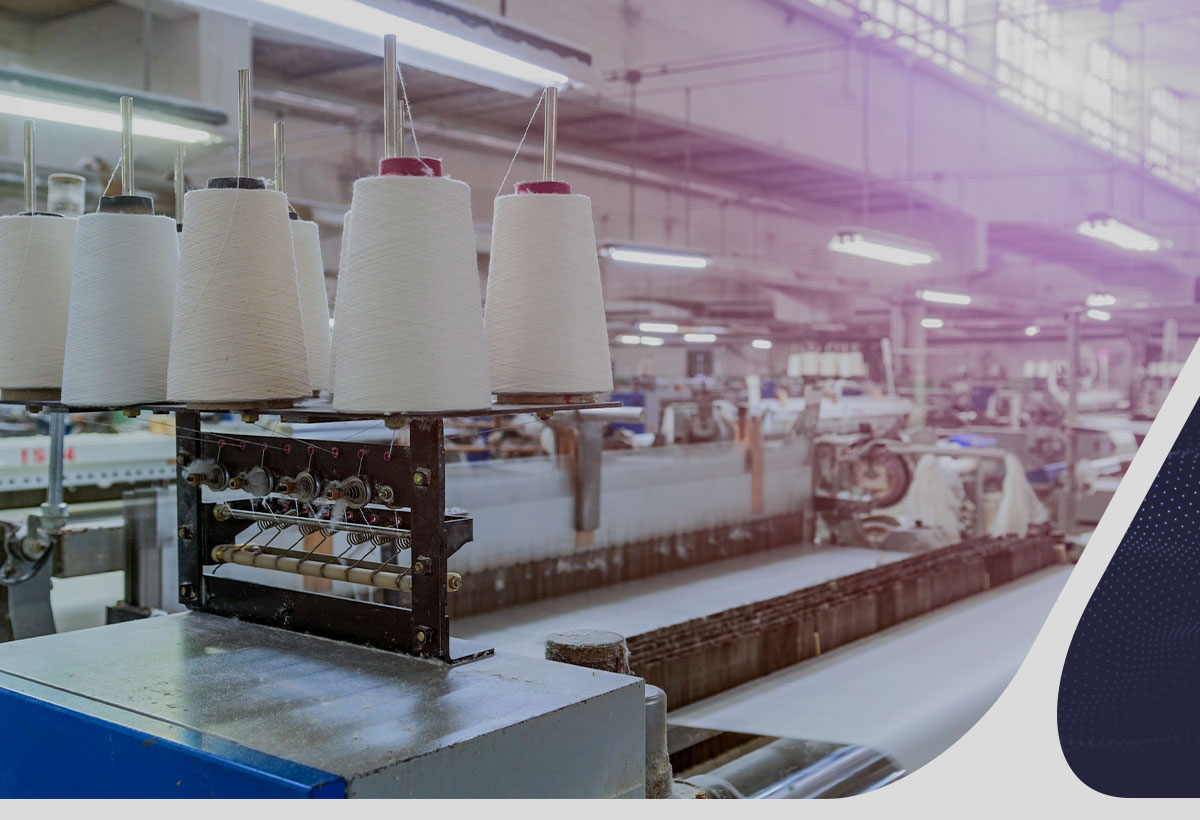ESG in the textile industry is the big trend for the coming years. The application of this concept in the sector is part of the movement of industries that fully understand the impact of sustainability on their businesses and society.
Are you curious? So continue reading to check out the main information about ESG and how to put it into practice in your industry.
But after all, what is ESG in the textile industry?
ESG in the textile industry has become a big trend. This acronym is present in several sectors in Brazil and around the world. Therefore, the growth of its popularity generated great curiosity in the textile sector.
The acronym ESG comes from the English words: environmental, social and governance. Translated into Portuguese, literally, we have the words: ambiental, social e governança.
Therefore, the concept addresses the environmental, social and governance practices of an organization. The aim is to promote complete business sustainability.
But “sustainability” is understood here as something beyond ecological actions. In this context, sustainability also means the capacity for growth and development, ensuring comfort, equality and safety for everyone involved.
Accordingt o the Global Compact, the acronym emerged in 2004 from a publication on the portal itself, in partnership with the World Bank. The article addressed the practice of how to integrate social, environmental and governance factors in the capital market.
In parallel, UNEP-FI launched a Freshfield report that demonstrated the importance of adhering to ESG criteria for financial assessment.
In view of this, the applicability of ESG attributes by companies began to guarantee not only evolution, but also an expansion of the possibility of investment, allowing greater competitiveness of the sector nationally and internationally.
After all, stakeholders are monitoring companies more and more closely. Therefore, ESG is confirmation of a solid company, with a good reputation, resilient and great cost-benefit.
Therefore according to Valor, the search for the term ESG in Brazil practically tripled in the last 12 months until February 2022. Considering that research on the topic grew by 150%. Brazil was the Latin American country that carried out the most searches and one of the 25 countries in the world that most searched for the subject.
Why has this been a major concern in the textile industry?
Concern has become growing among companies because the financial market has become more attentive to sustainability. Hence the growth in searches for the term, as we saw above.
Although ESG does not only deal with environmental practices, it is impossible not to mention this factor more vehemently in the textile sector. After all, this is a market that still has a great ecological impact.
That is, the textile industry is responsible for producing 170 thousand tons of solid waste in the country per year. And for every 100 tons, only 20 of them are recycled! So, 80% is discarded improperly, as pointed out by Piauí magazine
This is due to losses, errors and surplus material in the sector. A cotton t-shirt loses, on average, 50% of fabric. And it is also worth noting that they can take 20 years to decompose. Synthetic materials last for 4 centuries.
Data from Abrelpe, cited by the magazine, states that due to the lack of consolidation in the eradication of landfills and waste, Brazil fails to earn R$14 billion per year in job creation.
The fashion industry and the environment need to go hand in hand, as the concern is even greater in this sector. This is because, in Brazil, 9 billion new pieces of clothing are produced in a year. Which is equivalent to 42 pieces per person, according to Fios da Moda, cited by G1.
Therefore, ESG in the textile industry became an important results metric. It is part of the correct management of industries to meet the demands of the market, consumers and investors.
This will give more opportunities and profitability. Attesting through reports and socio-environmental actions that your company practices fair, egalitarian and conscious routines and conduct generates positive results for the community and your business.
How to apply the concept in your textile industry?
Given the impact of ESG practices on the development of your business and the preservation of the environment, below we list some tips on how to apply this concept. Check it out!
Change organizational culture
The first step to applying ESG in the textile industry is to change the organizational culture. This is because there is no point in investing in different practices if there is no employee engagement.
Keep in mind the 3 pillars of ESG: environmental, social and governance. Therefore, try to encourage the support of your professionals in all actions. Stimulate a sense of concern for society, sustainability and development.
Encourage a sense of responsibility and community among those involved in your industry. Encourage everyone to practice waste recycling, donations, community support and other actions in their routines.
Leadership needs to be able to apply strategy based on all ESG criteria. This will not only make it possible to improve administration, resources and results, but also encourage worker involvement.
Finally, formalize greater transparency. This is part of a governance that understands the need to share information internally or externally. This way you will avoid conflicts and misunderstandings.
Manage waste

As discussed throughout the text, textile waste is a major concern for the sector and society as a whole.
Therefore, it is essential to manage them correctly and invest in actions that reduce unnecessary losses and promote greater productivity and assertiveness.
Furthermore, we must focus on the responsible use of natural resources, recycling and correctly disposing of leftovers, reducing emissions of polluting gases and promoting awareness of these practices.
It is worth mentioning that in the fashion industry, the redefinition of existing pieces is the big bet for the coming years. As well as the use of technology to generate more sustainable clothing and the use of textile waste to build new fabrics.
After all, the consumer has increasingly invested and reinforced the concept that clothing is not disposable. This can be seen with the increased number of people visiting bazaars and thrift stores. Therefore, developing sustainable pieces guarantees the loyalty of your audience.
Encourage leadership
It is the role of governance, when following ESG criteria in the textile industry, to promote fair, equitable and coherent salary payments, diversity across the industry and sector, in addition to stimulating leadership.
There is no way to generate evolution without ensuring the development of all employees. Therefore, invest in training and qualifications. This way you will encourage leaders who are more aware, responsible and focused on personal, professional and business growth.
Invest in smart textile solutions
Finally, improve your operation. This means optimizing it, in addition to standardizing and automating production processes. This way, you will avoid errors and, consequently, rework, waste and high costs.
To achieve this, it is essential to invest in smart textile technologies and solutions to make work easier, more agile and more conscious by reducing electricity costs, for example.
Technology is a great ally of productivity, efficient analysis of results, development of strategies and, therefore, the evolution of your business.
To understand more about how technology can help you generate good results and optimize your production, download our free eBook now.



